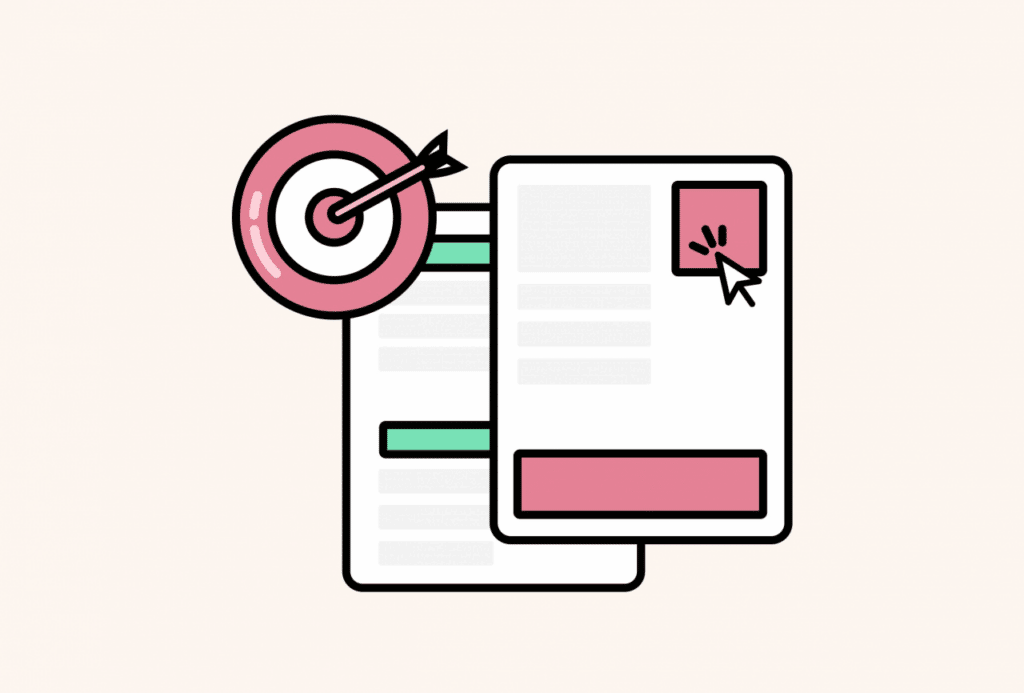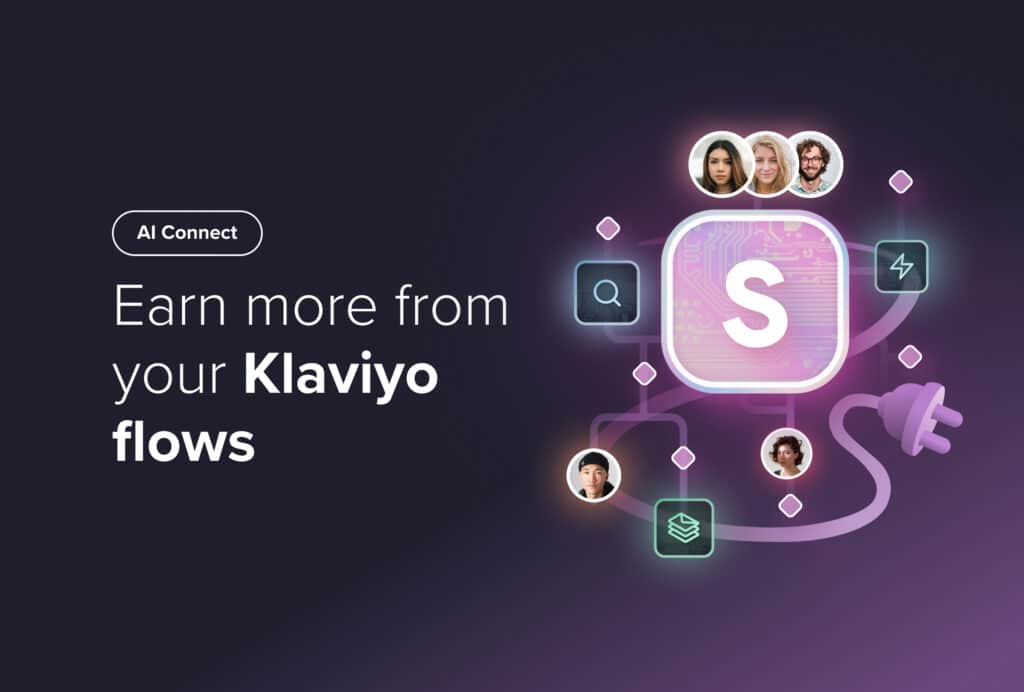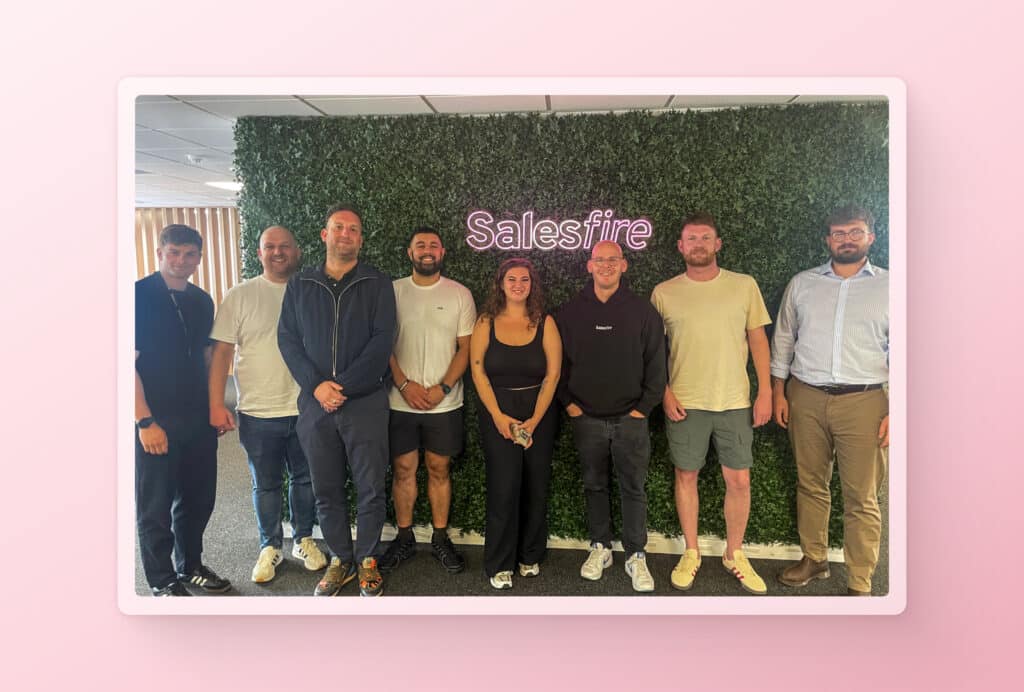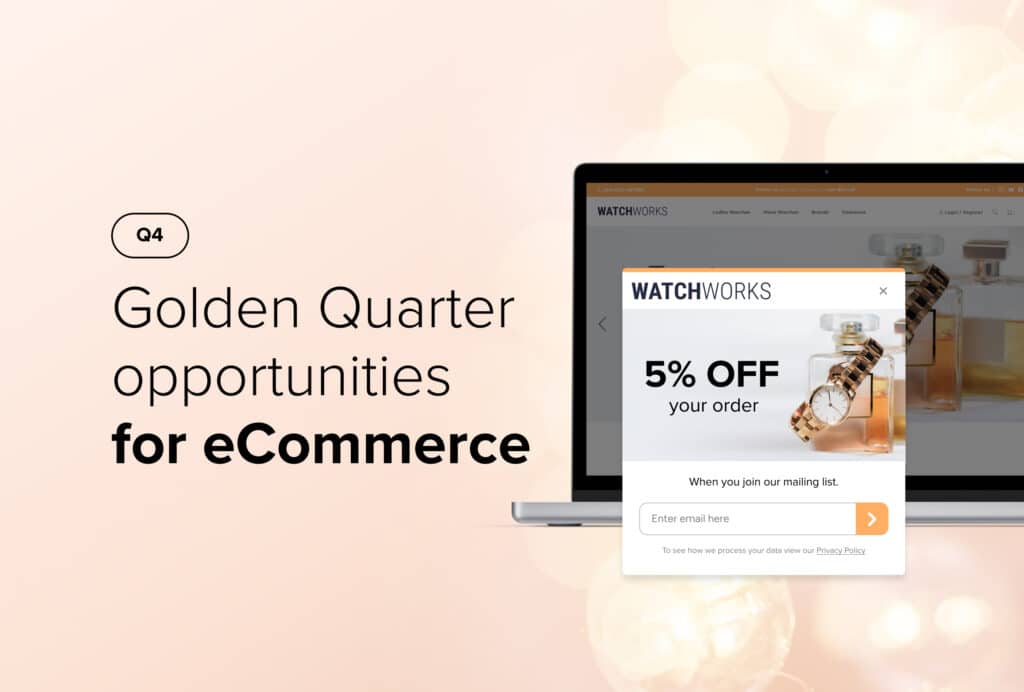How to Use Email Retargeting: 4 Tried and Tested Strategies
By Laura Taylor • Last updated: Friday Apr 26th, 2024

When a shopper leaves your site without purchasing, don’t assume they’re lost forever.
You can entice them back to your site with targeted communications that appeal to their specific stage of the sales funnel.
Sounds like quite the task doesn’t it? But with a series of strategic email retargeting campaigns that automatically trigger based on a shopper’s online behaviour, you can attract more shoppers and cultivate a loyal, returning customer base to increase conversions on your eCommerce site.
What is email retargeting?
Email retargeting is the process of using the data you have gathered from a shopper’s on-site behaviour to deliver personalised emails tailored to their position in the sales funnel.
Since you are contacting users who have already visited your site or purchased from you, you can refine your messaging based on their on-site activity, meaning your email is more likely to resonate with them.
With multiple campaigns triggered by different actions and tailored to various points in the customer journey, you can target:
- Shoppers who have abandoned their baskets
- New visitors who have browsed your site but have not shown an intent to purchase
- Lapsed customers who haven’t purchased anything in a while
- Users who have repeatedly viewed a particular product but haven’t purchased it
Email retargeting can provide the push different types of shoppers need to pull the trigger on a purchase.
Key to any successful email retargeting campaign is the quality of your subscribers. Learn how to grow your subscriber lists with our five top tips.
Email retargeting offers retailers a second chance to convert visitors by bringing your brand and products to a customer’s attention after they have left your site. Let’s explore four email strategies that enable eCommerce businesses to re-engage shoppers and boost conversions.
4 Proven Email Remarketing Strategies to Re-engage Shoppers
1. Abandoned cart emails
Customers can be distracted from completing a purchase for a whole host of reasons. But according to Business Insider, 63% of abandoned merchandise could be recovered by online retailers.
This is where basket abandonment emails come in to play. Exit intent technology can trigger an overlay to prompt customers to receive a saved basket email.
By delivering a link to their basket contents directly to their inbox, customers can easily pick up where they left off at a time that’s more convenient for them.
Since these shoppers have items in their basket, they have a clear intent to purchase. Leverage this urgency by delivering the first in a series of scheduled abandoned basket emails within the first couple of hours after a customer leaves your site, when the likelihood of a purchase is higher.
Schedule a series of emails to trigger automatically within a particular time scale, maybe after an hour, then a week later and finally 30 days after the initial interaction.
2. Browsing abandonment
Just as you can re-engage customers who have abandoned their baskets, you can also target those shoppers who have browsed your site but have not added anything to their carts.
These customers are higher up the sales funnel and so will require different messaging to successfully attract their attention and their custom.
If shoppers have not picked out specific products to view or add to their baskets, take a more value-based approach to the messaging in these emails. Focus on your USPs and what sets you apart from your competitors to persuade customers who have abandoned their browsing session to return to your site and advance their position in the sales funnel.
If customers have viewed items but have not committed to adding them to their cart, you can send custom product recommendations to remind them of the items they have viewed.
Communications with these shoppers don’t require the same level of urgency, since they are likely to not yet be invested in any items, so schedule these to send at some point within a week of their visit to your site.
3. Cross-sell and upsell
You’ve likely heard it time and time again – personalisation is key to eCommerce success.
But the mistake made by many online retailers is to focus only on on-site personalisation. A shopper’s experience with a brand shouldn’t come to an end once they have left a site. The best way to cultivate loyal customers is to deliver personalised messaging straight to their inbox.
Cross-selling and upselling emails contain product suggestions you know your shoppers will love based on their purchase or browsing history.
If a customer has previously purchased from you, target them with items which complement their latest purchases, or new products you know they’ll love based on what they have bought in the past.
You can also integrate product upsells based on recently viewed items or abandoned baskets. You know they’re interested in a specific product, so showcase more expensive items, upgrades, or other add-ons to entice them to increase their order value.
This type of email is particularly effective for regular customers, as you will have a whole host of up-to-date data on their behaviour and interests right now which you can use to entice them back to your site to make further purchases.
Ready to add personalised product suggestions to your emails? Take a look at our Product Recommendations.
4. Re-engagement emails
Although it’s crucial to drive new traffic towards your site, it costs five times as much to attract a new customer than retain an existing one. With this in mind, you need a retargeting email that re-engages lapsed customers.
Existing customers have already invested in your brand in their past purchases. The hard work of attracting them to your site is done, all you need to do now is remind them of why they committed to you in the first place.
Re-engagement emails can persuade previous shoppers to return and make another purchase and hopefully convert into loyal, regular customers.
The content of these emails can take many different forms. From a simple ‘remember us’ message offering a discount code to persuade shoppers to return to your site, to low stock and back in stock reminders to prompt customers to return to previously viewed items.
In case a customer can’t recall signing up to your email list, or they have only purchased from you once in the past and your name doesn’t ring a bell, be sure to remind them of their past relationship with your brand.
Since these customers haven’t been tempted back to your site before now, integrating social proof into your retargeting emails in the form of online reviews and awards will boost their confidence in returning.
With simple but effective messaging and incentives, you can encourage lapsed customers or unengaged, inactive shoppers to return, making the most of your subscriber list.
If you’re looking to enhance the customer journey, re-engagement emails can play a key role in your overall email marketing campaign to guide shoppers towards desired actions.
Email retargeting offers another chance to convert customers.
If a shopper wasn’t convinced to purchase by your on-site messaging, you can use retargeting emails to provide further incentives and personalised content to convert visitors into customers.
See how Salesfire can help you optimise your product discovery experience, email one of our experts at [email protected] or book a free demo of our personalisation tools.



